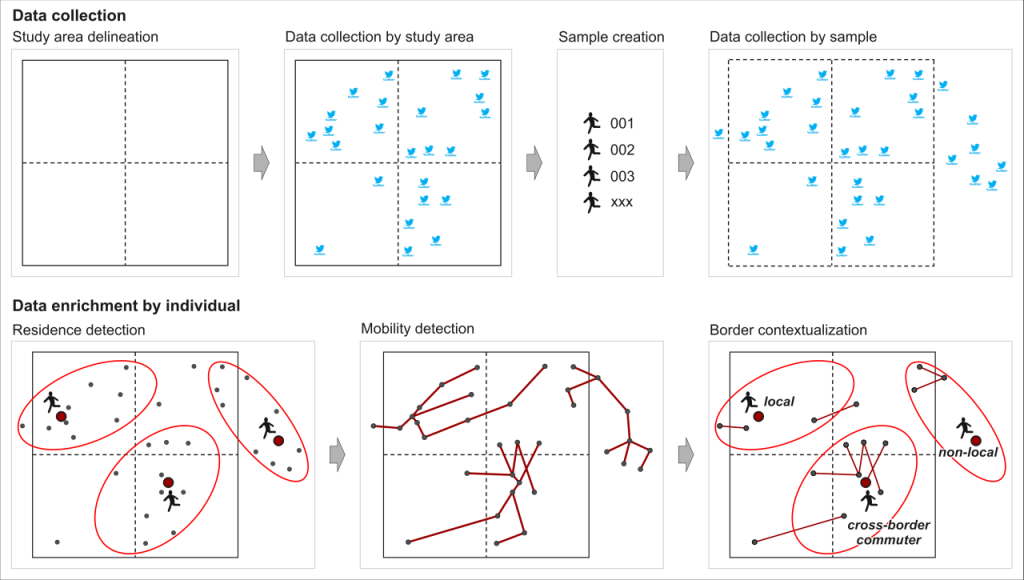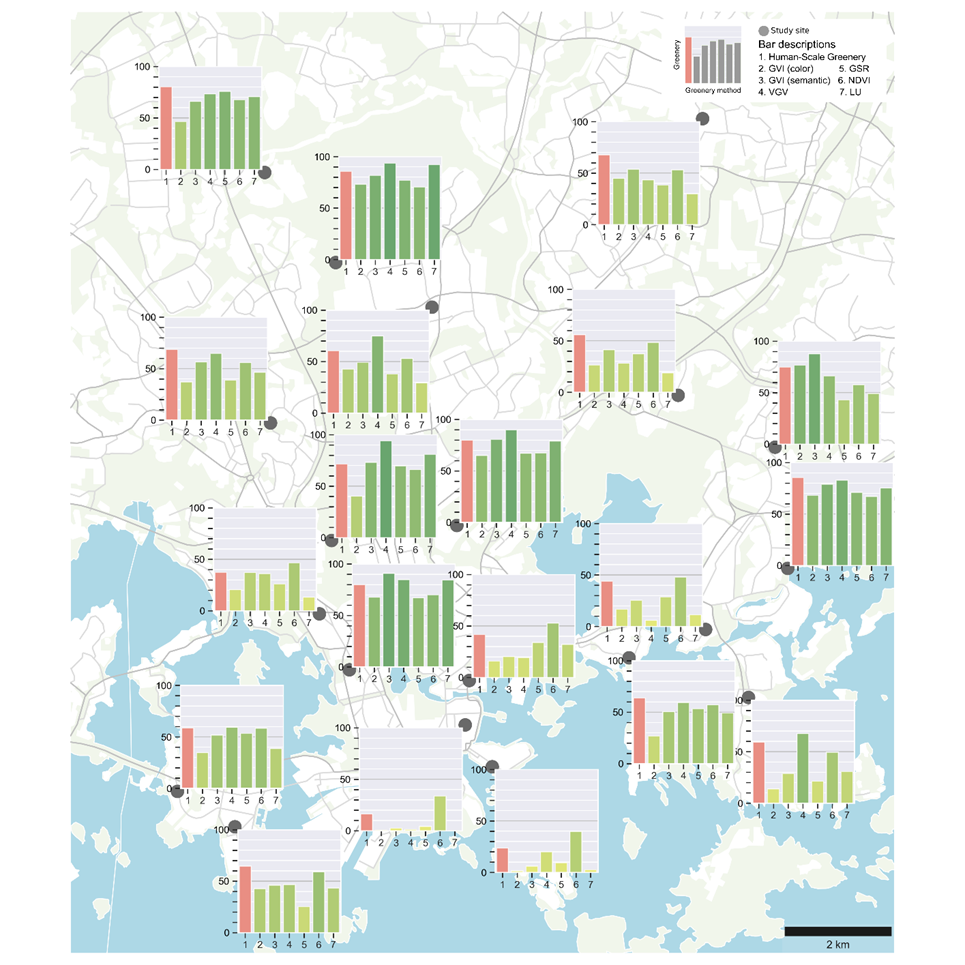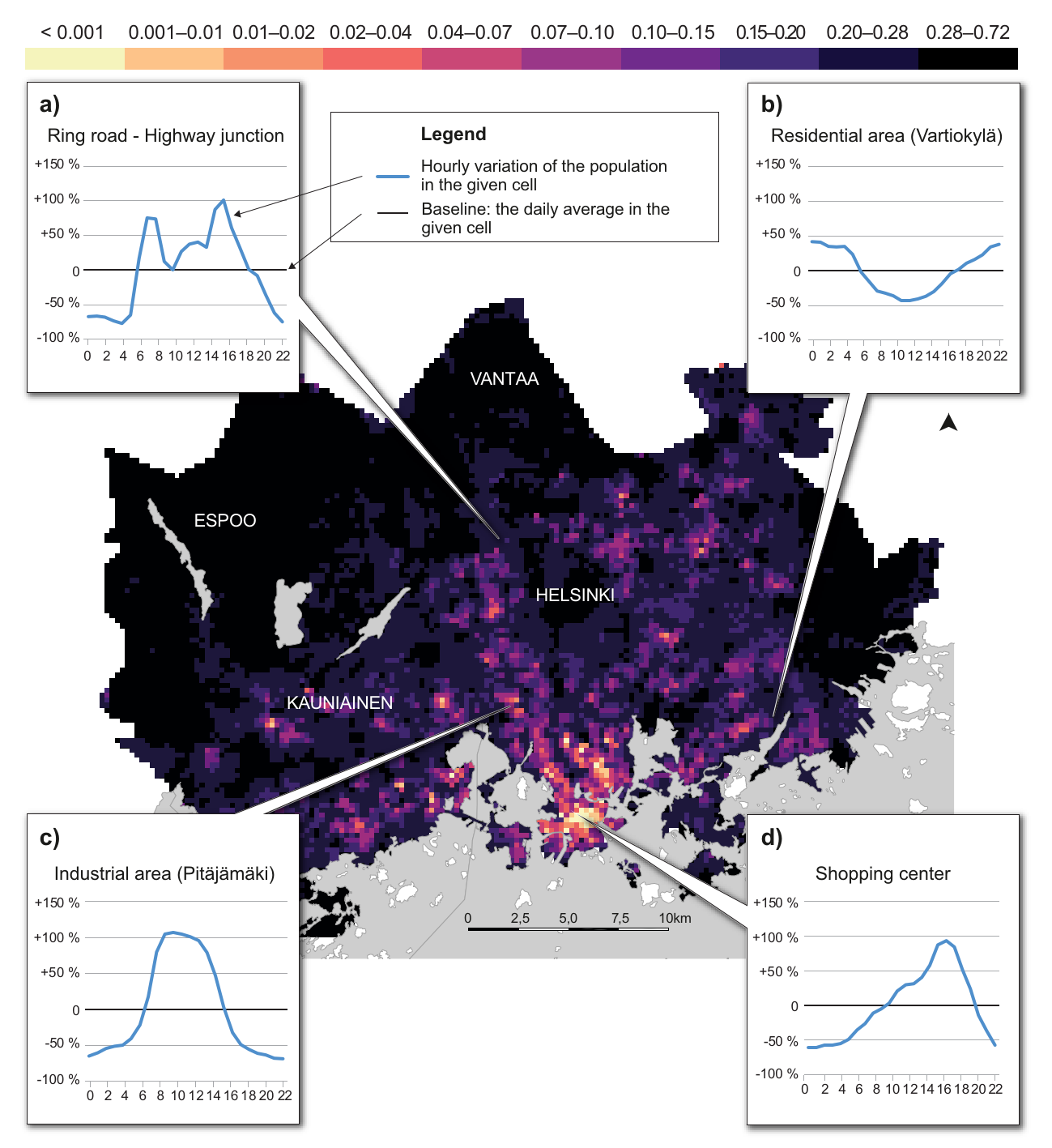Kirjoittajat: Petteri Muukkonen, Virpi Hirvensalo, Tua Nylén, Markus Jylhä, Laura Hynynen & Panu Lammi
Uutisissa, medioissa ja jopa verkossa kiertävissä meemeissä on nopeasti saatavilla runsaasti informaatiota eri puolilta maailmaa. Tällainen informaatio – tilastot, kuvat, videot ym. – luo kuvan maailmasta ympärillämme. Siksi geomediataidot ovat merkittävä osa maantieteen opetusta.
Opetussunnitelmien perusteissa ei kuitenkaan tällä hetkellä kuvata tarkasti, mitä geomedian käsitteellä tarkoitetaan ja millaista osaamista oppilailta tai opiskelijoilta edellytetään. Strategisen tutkimuksen neuvoston (STN) rahoittamassa CRITICAL-hankkeessa tutkimme kriittistä geomedian lukutaitoa – ja onkin ollut tärkeää aloittaa kartoittamalla opettajien näkemyksiä ja kokemuksia siitä. Aluksi haastattelimme geomediaa opetuksessaan hyödyntäviä aineenopettajia ja luokanopettajia sekä opettajankouluttajia siitä, mitä he ymmärtävät geomediataidoilla ja – ennen kaikkea – kriittisellä geomedian lukutaidolla.
Haastatteluiden perusteella aloimme hahmotella oppilaiden geomediataitojen tikapuita, jotka voivat toimia tulevaisuudessa maantieteen opetuksen suunnittelun apuna ja tukena. Haastattelujen tuloksista kirjoitamme tieteellisen julkaisun, jossa paneudumme geomediataitojen osaamisen ikäkausittaisiin vaatimuksiin. Mielestämme tällainen malli auttaa sekä maantieteen opettajia että opetuksen suunnittelijoita jäsentämään opetukseen ja oppimiseen kohdistuvia odotuksia ja vaatimuksia. Lisäksi tällainen osaamisen kehittymisen ja syventymisen malli auttaa rakentamaan maantieteen opetusta kriittiset geomediataidot (tuottaminen, käyttäminen ja analysointi) huomioiden.
Kriittisen geomedian lukutaidon avulla lukija tunnistaa ja ymmärtää, että kaikki informaatio ei ole laadukkaasti tuotettua, ei pidä paikkaansa tai saattaa jopa tahallaan liioitella tai vääristää oikealta vaikuttavaa tietoa.
Continue reading “Taidot käyttää ja kriittisesti tulkita geomediaa ovat tärkeitä maantieteen opetuksessa”
 Olle Järv and Oleksandr Karasov organized a PhD workshop on “Social media sources as a tool to monitor cross-border mobility”, and Christoph Fink and Tuuli Toivonen together with our former group member Age Poom organized a PhD workshop on “Data and tools for environmental exposure assessment during urban mobility”.
Olle Järv and Oleksandr Karasov organized a PhD workshop on “Social media sources as a tool to monitor cross-border mobility”, and Christoph Fink and Tuuli Toivonen together with our former group member Age Poom organized a PhD workshop on “Data and tools for environmental exposure assessment during urban mobility”.





